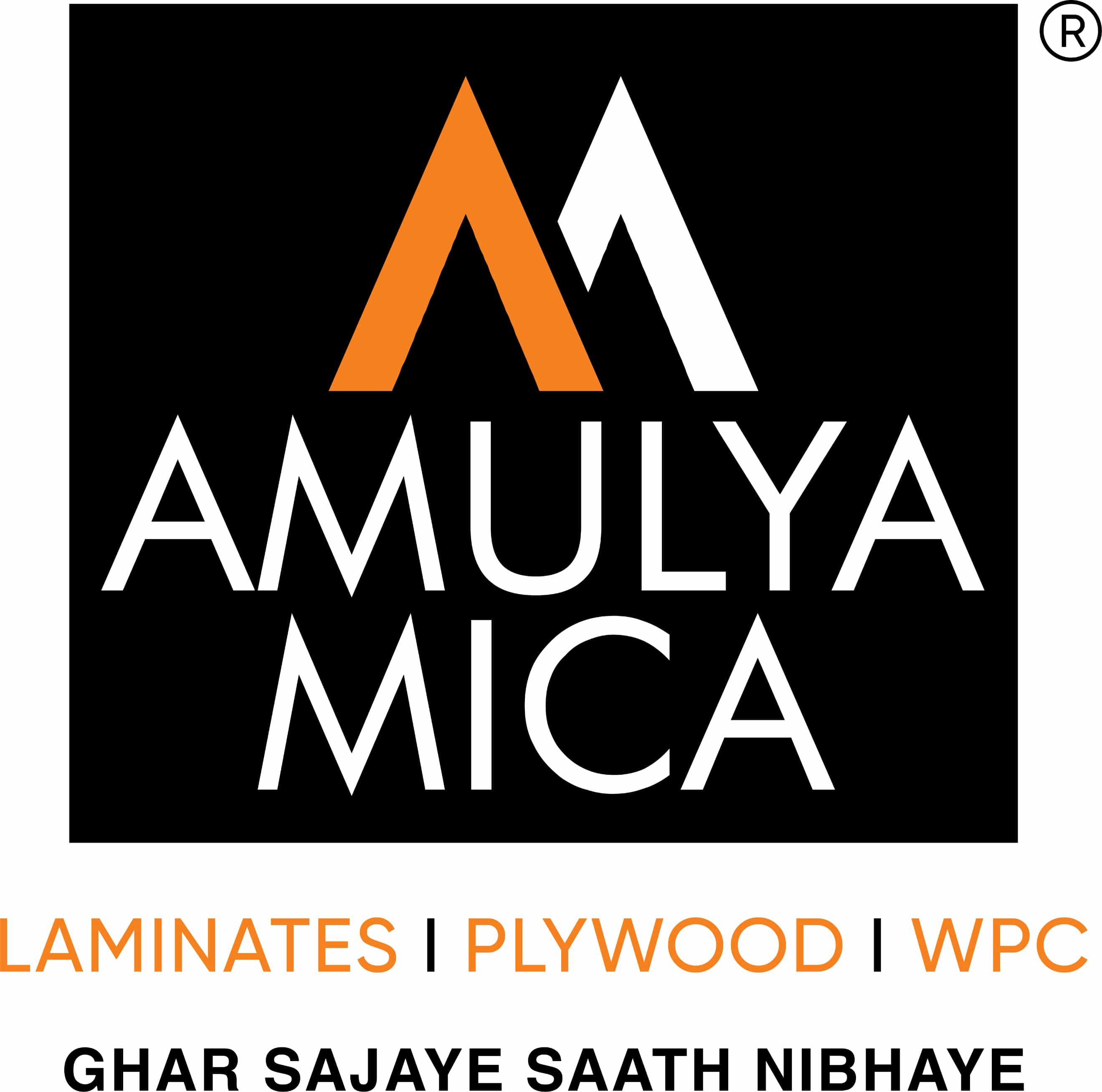For Boiling Water Resistant, BWR grade stands. The BWR rating is smaller than the Boiling Water Proof BWP, i.e. few firms have used the BWR Category for plywood and the Blockboard BWP Grade. Urea-formaldehyde resin for the production of BWR grade plywood and synthetic plastic resin for the production of BWP grade plywood, i.e. phenol-formaldehyde. So, grade BWP is higher than grade BWR.
The general naming convention used in the industry is that BWR labeling is used for plywood branding. The glue used in the construction of all forms of BWP & BWR is synthetic plastic resin (phenol-formaldehyde), which is considered stronger than Urea-formaldehyde resins used in commercial plywood sheets of MR grade (moisture resistant).
Well Cost wise too, there's a 10% to 20% difference. BWP is costlier than BWR wood. BWP plywood price is generally a notch higher than BWR plywood price.
Below are the significant characteristics of BWR plywood.
- It is exterior plywood that can be used under moist areas for indoor, semi-outdoor, and outdoor use.
- BWR is waterproof plywood. It can handle water better than the plywood of the Interior Grade MR (Moisture Resistant).
- A grade is used for the production of phenolic resins. The usage of 'phenol-formaldehyde' adhesive implies phenolic resins. This is what gives waterproofing characteristics to the plywood.
- In the home, where the plywood is likely to be exposed to water, BWR grade plywood is widely used to fulfill such furniture requirements. For kitchen cabinets and other kitchen furniture, the preferred plywood option is BWR grade.
- The BWR plywood specification number of the Indian Standards is IS:303
It indicates that it is a waterproof exterior quality plywood if a board is branded with BWR.

